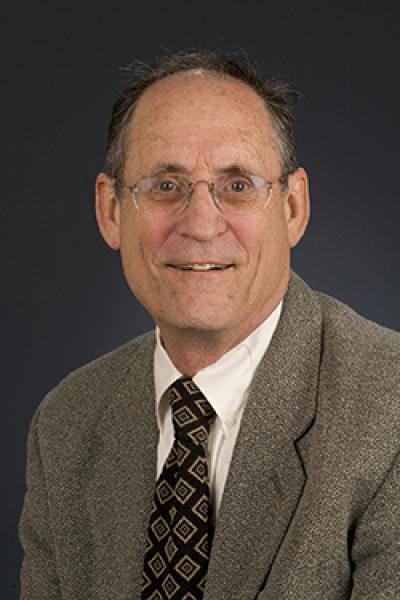Issues in Multi-Dimensional Legislative Bargaining: Collective vs. Particularistic Goods

Principal Investigator: John Kagel, Department of Economics
Whether it’s the U.S. Congress debating the latest defense spending bill or the Iraqi parliament distributing oil revenues, one of the most important jobs of any legislature is to allocate government resources. Legislative bargaining models attempt to explain how legislators bargain with each other to allocate resources between competing needs.
To test these models, social scientists conduct legislative bargaining experiments in which players representing legislative parties make different proposals for splitting a finite budget, and then bargain with each other until they come to an agreement.
Last year, Professor of Economics John Kagel used a Mershon grant to examine legislative bargaining on two dimensions – particularistic or private goods that benefit one district, and collective or public interest goods that benefit society as a whole.
Kagel ran a series of experiments in which differing values were placed on collective and particularistic goods. In some cases, public goods were valued highly, while in other cases private goods were given a high value. Other experiments saw values in between.
The goal was to test a model by Alan Wiseman and Craig Volden (American Political Science Review, 2007) with a counter-intuitive prediction. The model predicts that even when legislators place more value on private goods, they end up with a budget that contains lots of public goods. This happens because bargainers get private goods for themselves by voting for a budget that contains public goods for everybody else.
Unfortunately, in last year’s series of experiments run with students acting as legislators, many aspects of the model’s prediction did not pan out. But Kagel hasn’t given up.
Instead, this year he will run the same set of experiments using actual legislators recruited by former student Steven Lehrer, now at Queen’s University School of Public Policy in Canada. The school regularly employs retired politicians as adjunct faculty and appoints several as fellows. It also offers training programs for current politicians. These officials and their staffs will create a large pool of participants for the experiment.
Running the experiment with actual legislators will provide a more accurate test of the Wiseman-Volden model. But more important, it will allow Kagel to extend the model. In order to provide tractable results, many bargaining models and experiments simplify the conditions studied by making unrealistic assumptions. Kagel plans to talk with the legislators who go through his experiments to find out which elements were most unlike the real world, then create new models and experiments to address these issues.
Investigators
Filters: 2007-2008, Economics
